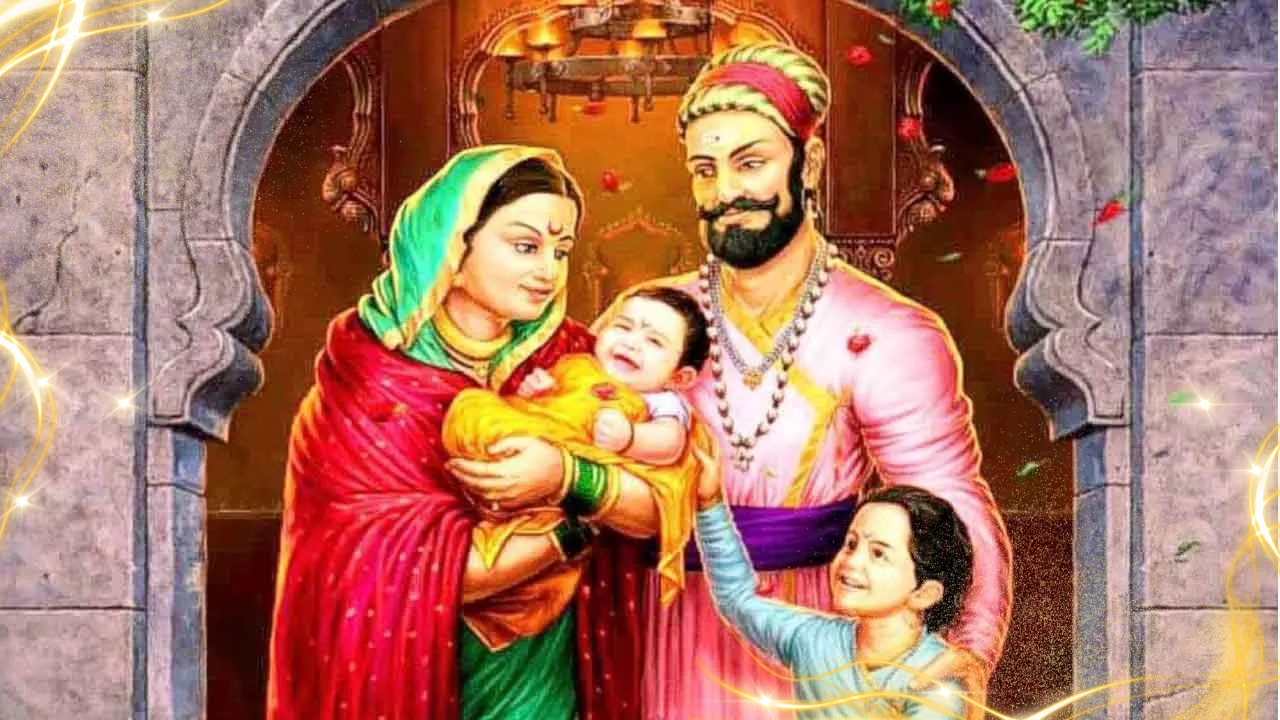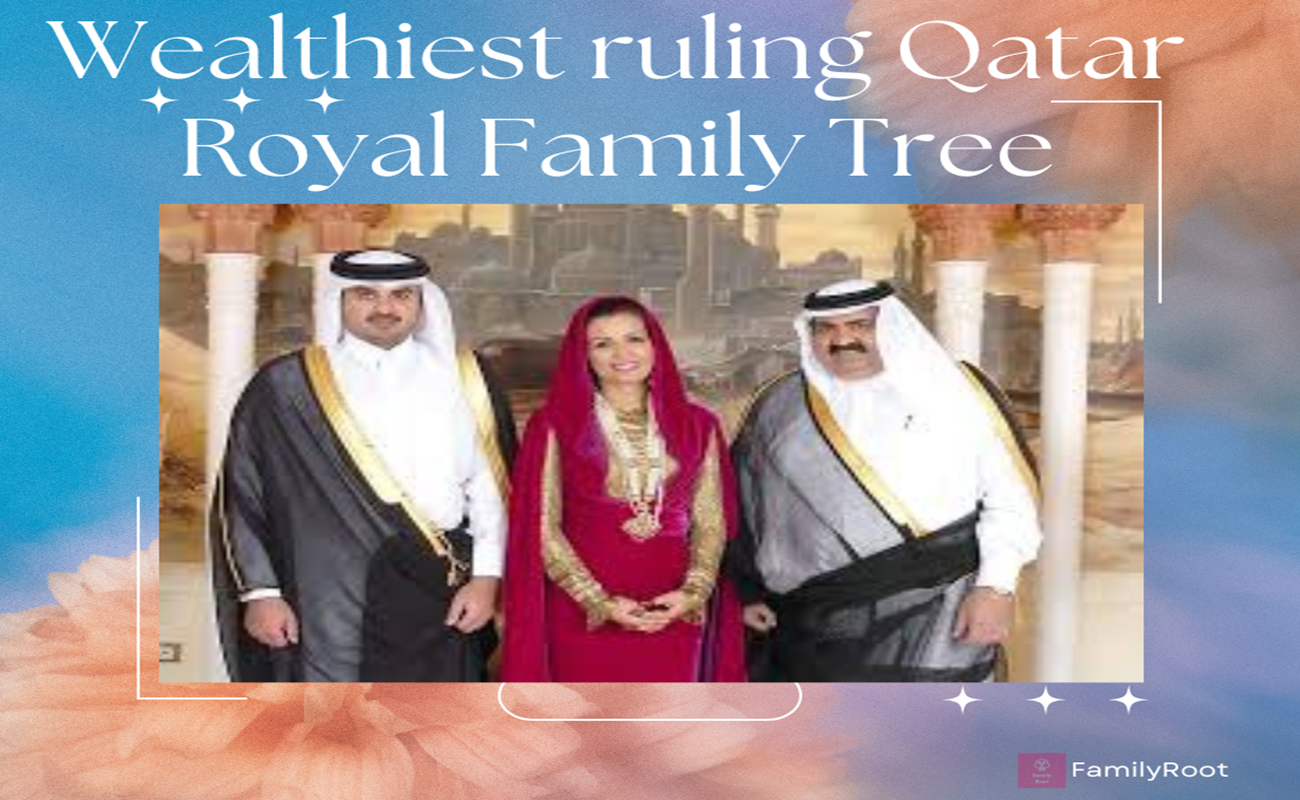Chhatrapati Shivaji Maharaj is one of India’s greatest warriors and the founder of the Maratha Empire. He was known for his bravery, military tactics, and vision for Swaraj (self-rule). His lineage continued to play a significant role in Indian history, shaping the Maratha rule for centuries.
This article provides a detailed family tree of Chhatrapati Shivaji Maharaj, tracing his ancestors, descendants, and their contributions to the Maratha Empire.
Ancestry of Chhatrapati Shivaji Maharaj
Chhatrapati Shivaji Maharaj belonged to the Bhosale clan, which had a long history of military service. His ancestors were feudal lords under the Deccan Sultanates.
Shivaji’s Ancestors:
- Mudhoji Bhosale – An early member of the Bhosale dynasty.
- Malojirao Bhosale – Grandfather of Shivaji Maharaj; served as a military commander under the Ahmadnagar Sultanate.
- Shahaji Bhosale – Father of Shivaji Maharaj; a brilliant general who served the Bijapur Sultanate before Shivaji established Swaraj.
Chhatrapati Shivaji Maharaj’s Immediate Family
- Father: Shahaji Bhosale – A great Maratha warrior and administrator.
- Mother: Jijabai (Rajmata Jijau) – A strong and visionary woman who played a crucial role in Shivaji's upbringing.
Wives and Children of Shivaji Maharaj
Chhatrapati Shivaji Maharaj had multiple wives, as was customary for rulers of that time to strengthen political alliances.
| Wife | Children | Notable Contributions |
|---|---|---|
| Sai Bhonsale | Sambhaji Maharaj (Eldest son) | Became the second Chhatrapati of the Maratha Empire. |
| Sagunabai | None | - |
| Putalabai | None | Devoted to religious activities. |
| Soyarabai | Rajaram Maharaj | Became the third Chhatrapati after Sambhaji. |
| Kashibai | None | - |
| Lakshmibai | None | - |
| Gunwantabai | None | - |
Descendants of Chhatrapati Shivaji Maharaj
1. Sambhaji Maharaj (Second Chhatrapati of Maratha Empire)
- Born in 1657, Sambhaji Maharaj was a brave and skilled warrior.
- He ascended the throne after Shivaji Maharaj’s death in 1681.
- Captured and executed by the Mughals in 1689 for refusing to convert to Islam.
Sambhaji’s Family:
- Son: Shahu Maharaj – Later became the Chhatrapati and expanded Maratha power.
2. Rajaram Maharaj (Third Chhatrapati)
- Born in 1670, he became the Chhatrapati after Sambhaji’s death.
- He continued the war against the Mughals from Gingee Fort in Tamil Nadu.
- He passed away in 1700 due to illness.
Rajaram’s Family:
- Wife: Tarabai – A great warrior queen who led Maratha resistance.
- Son: Shivaji II – Declared Chhatrapati but faced internal struggles.
Later Chhatrapatis and the Expansion of the Maratha Empire
After Rajaram Maharaj’s death, the power struggles within the Maratha Empire led to different branches of rulers.
Shahu Maharaj (1707–1749)
- Son of Sambhaji Maharaj.
- Defeated his aunt Tarabai in a succession war.
- Appointed Baji Rao I as Peshwa, leading to the rise of the Peshwa rule.
Maratha Empire Under Peshwa Rule
- By the 18th century, real power shifted to the Peshwas (Prime Ministers).
- Baji Rao I, Madhavrao I, and others expanded the empire from Delhi to Tamil Nadu.
- The Third Battle of Panipat (1761) weakened Maratha supremacy.
Last Chhatrapati of the Maratha Empire
- Pratapsingh Maharaj (1839-1847) was one of the last rulers of the empire before the British took full control.
Legacy of Chhatrapati Shivaji Maharaj
- Swaraj Movement – Established a self-rule concept that later influenced India’s freedom struggle.
- Military Tactics – Introduced guerrilla warfare and strong naval defense.
- Fort Constructions – Built and strengthened over 300 forts, including Raigad Fort.
- Religious Tolerance – Respected all religions, ensuring fair governance.
- Administrative Reforms – Introduced a disciplined revenue system and strong military administration.
Create and Preserve Your Own Family Tree!
Just like Chhatrapati Shivaji Maharaj’s legacy is recorded, you can also document your family history using the Family Root App.
🔹 Start tracing your family roots today!
📱 Download Now:
📜 Disclaimer
The family tree and biographical information provided in this article are based on publicly available sources and records. While we strive for accuracy, we do not guarantee the completeness or authenticity of the data. This content is intended for educational and informational purposes only and does not aim to infringe on any individual's privacy or personal rights. If you believe any information is incorrect or wish to request edits or removal, please contact us at Info@familyrootapp.com.




